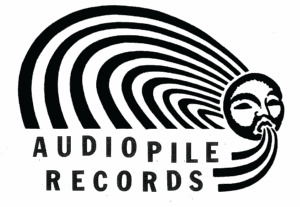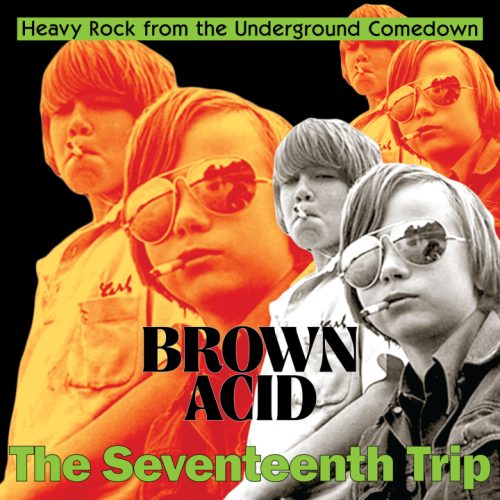L’Homme À Tête De Chou
Label: Universal
$36.99
Availability: In stock
French iconoclast Serge Gainsbourg is best known for his censors-baiting single “Je T’Aime… Moi Non Plus” and his 1971 concept album, Histoire De Melody Nelson: a psycho-sexual drama on which he played out his infatuation with long-term partner Jane Birkin. Recorded with some of the cream of London’s session musicians and drenched in Jean-Claude Vannier’s sumptuous string arrangements the album earned cult status when crate-diggers started mining it for obscure samples, while Beck paid overt tribute to Melody Nelson’s unique mix of rock music and orchestration on “Paper Tiger,” a stand-out track from his 2003 album, Sea Change. Five years later, however, Gainsbourg would revisit the darker corners of his mind for L’Homme À Tête De Chou, resulting in a lesser-sung masterpiece every bit as vital as his more celebrated work.
Again channeling his old-man-falls-for-unattainable-nymphet alter ego, this Gainsbourg’s protagonist obsessed over the fictional Marilou, a reggae-loving wild child whom Gainsbourg’s homme had no hope of keeping up with. Convinced that he was “the man with the cabbage head” (the album was named after a statue that Gainsbourg owned; sculpted by Claude Lalanne, it’s pictured on the front cover, sitting in the courtyard of Gainsbourg’s Paris home on 5 Bis Rue De Verneuil), Gainsbourg’s narrator, driven mad by his desire for Marilou, recalls falling for her at the barbers and subsequently embarking on a passionate affair that, ultimately, fails to fully satisfy her. Driven mad by jealousy and desire, l’homme eventually murders Marilou with a fire extinguisher, driving a fatal blow to her head before concealing the body in foam (the penultimate song “Marilou Sous La Neige” describes how the narrator lets Marilou sleep “under the snow”). He spends the rest of his days in the lunatic asylum from which he recounts his sorry tale.
Heavy stuff – not that you’d know it if you didn’t speak French. Ever contrary, Gainsbourg sets the violent daydream of “Ma Lou Marilou” to a jaunty riff with female vocals cooing Marilou’s name, while indulging in his love of classical music by throwing in a nod to Beethoven’s Piano Sonata No. 23. Elsewhere, he makes his first tentative steps into reggae, laying the groundwork for L’Homme À Tête De Chou’s 1979 follow-up, Aux Armes Et Cætera – yet another Gainsbourg release to cause outrage, this time for a perceived disrespectful treatment of the French national anthem, “La Marseillaise.” Bookending all this is L’Homme À Tête De Chou’s title track, which sees Gainsbourg brooding through the cigarette smoke – and thick layers of lead guitar, ominous keyboard runs and Alan Hawkshaw’s string arrangements – and the closing “Lunatic Asylum,” on which Gainsbourg combines didgeridoo and tribal drum patterns to approximate his narrator’s descent into madness.
Like much of Gainsbourg’s work, L’Homme À Tête De Chou fell on deaf (cabbage) ears when it was released, on November 18, 1976. Two singles, “Ma Lou Marilou”/“Marilou Reggae” and “Marilou Sous La Neige”/“Ma Lou Marilou,” did nothing to trouble the charts, though the album rose in stature over the years, as younger generations began to discover the depth of Gainsbourg’s work. In 2010, the French edition of Rolling Stone hailed it as the 28th greatest French rock album of all time, while national icon, the singer, songwriter, and actor Alain Baschung, posthumously released a cover of the whole album the following year.





